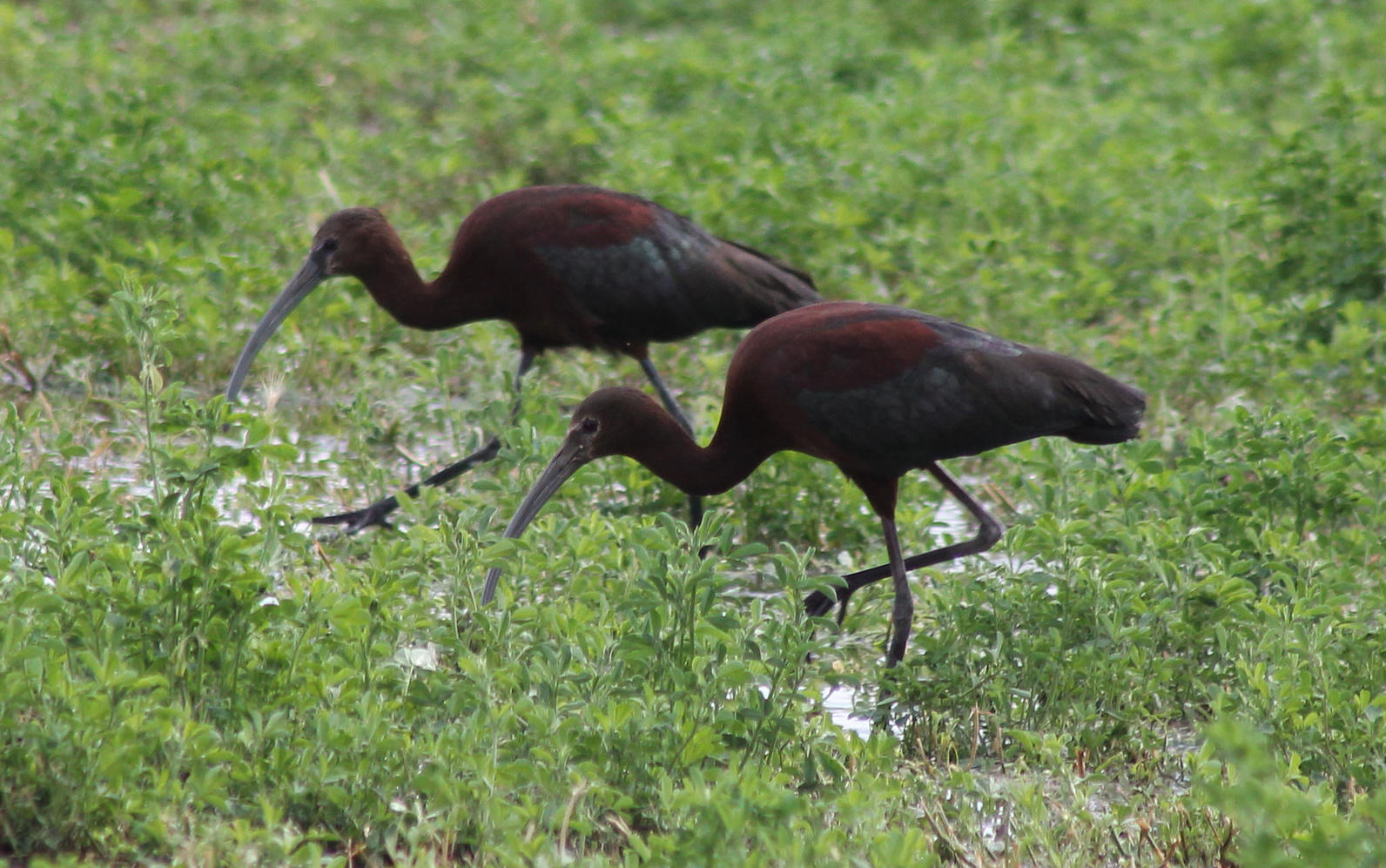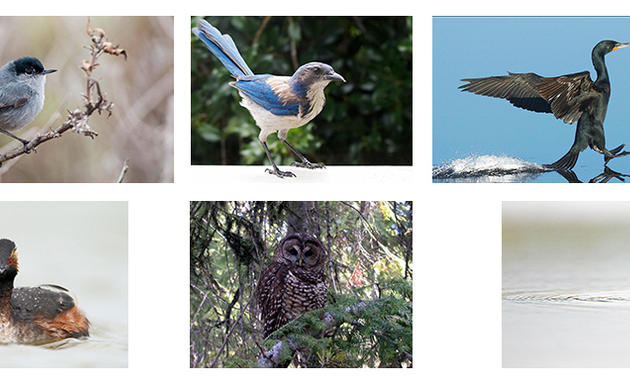
While attending the Western Alfalfa and Forage Association’s annual conference in Reno, Audubon California's Khara Strum started connecting some of the information she was hearing with some of the challenges she’s facing at work – in particular the intersection of agriculture, water, and bird habitat.
“There was one session that I made sure to get a seat in,” says Strum. “The session included a talk about groundwater recharge on agricultural fields. The talk was excellent, but I was distracted by the nagging feeling that there had to be a bird element to this research”
As a shorebird ecologist, Strum spends the majority of her time putting together partnerships between private landowners and conservation groups. These partnerships have been incredibly valuable for birds in the Central Valley, providing thousands of acres of surrogate habitat for waterfowl and shorebirds on rice farms.
But in this session, the conversation was about alfalfa, a crop that has long intrigued researchers at Audubon California who know that 128 bird species have been documented using alfalfa as habitat, but that there hasn’t been a comprehensive survey of exactly how or why.
Alfalfa is widely grown in the Central Valley, and it is also popular in the Imperial Valley, adjacent to the Salton Sea. Audubon California is currently working with state officials and NGO partners to find a way to support several hundred species of birds that will be at risk when water diversions begin to dramatically lower the level of the Salton Sea beginning in 2018.
The question that crossed Khara’s mind: If we can understand how birds are using alfalfa, can we figure out how much alfalfa needs to be grown to support those birds and can we provide support for some of the birds losing habitat on the Salton Sea?
Khara didn’t leave this thought in Reno. When she returned to her office, she started making calls to fellow researchers at UC Davis, Point Blue, and The Nature Conservancy. Her idea is that a two-part survey on alfalfa fields that quantifies both groundwater recharge and bird use might provide some answers.
The groundwater recharge question is important. New legislation in California will require replenishment of the groundwater that agriculture has historically used to irrigate crops. Alfalfa fields are a potential place to put excess water during winter rains because the flooding hasn’t been shown to harm the crops. Flood irrigation of alfalfa fields during the growing season may also help recharge groundwater. The idea is that perhaps these flooded fields could act as surrogate wetland habitat.
Strum says that the benefits of survey research into alfalfa could also help farmers demonstrate additional value for their crop in a decreasing market.
Strum imagines that research into alfalfa will look similar to what she has done alongside the California Rice Commission in the Central Valley. But she notes that alfalfa is different from rice in that it is a perennial crop that is harvested every thirty days.
“We have a lot to learn about how birds such as Swainson’s Hawks and Long-billed Curlews are using alfalfa,” she said. “But what we learn could perhaps help us down in the Imperial Valley.”
By Garrison Frost
Vote for your 2016 Bird of the Year
Who's YOUR Bird of the Year, is it: CA Scrub Jay, CA Gnatcatcher, Double-crested Cormorant, Eared Grebe, No. Spotted Owl, or Western Sandpiper?




